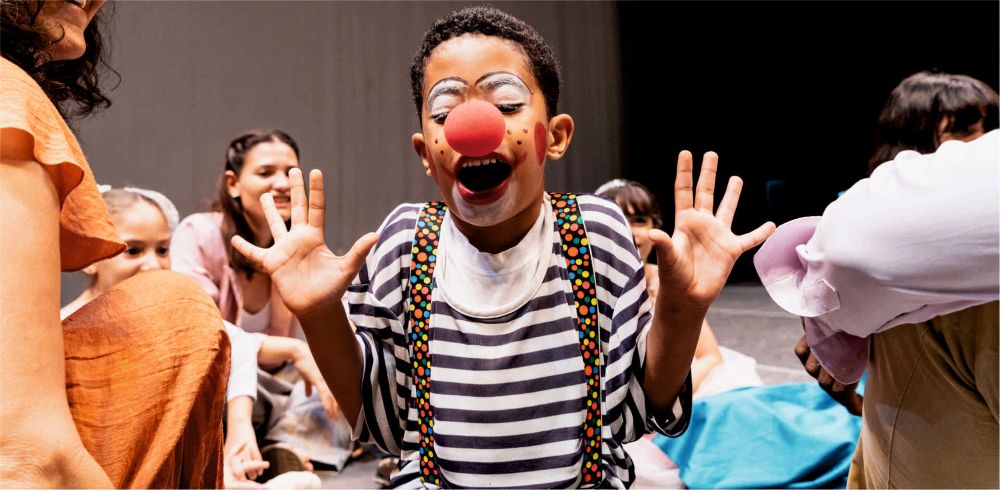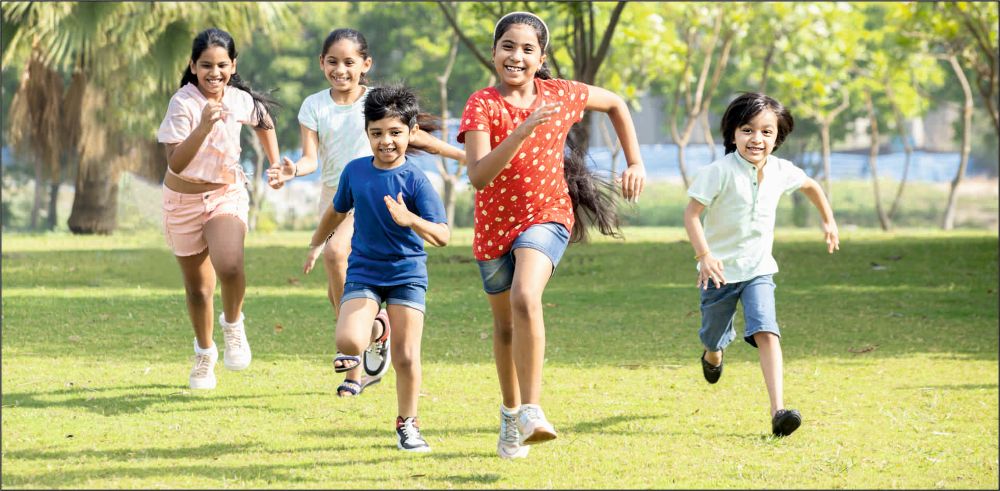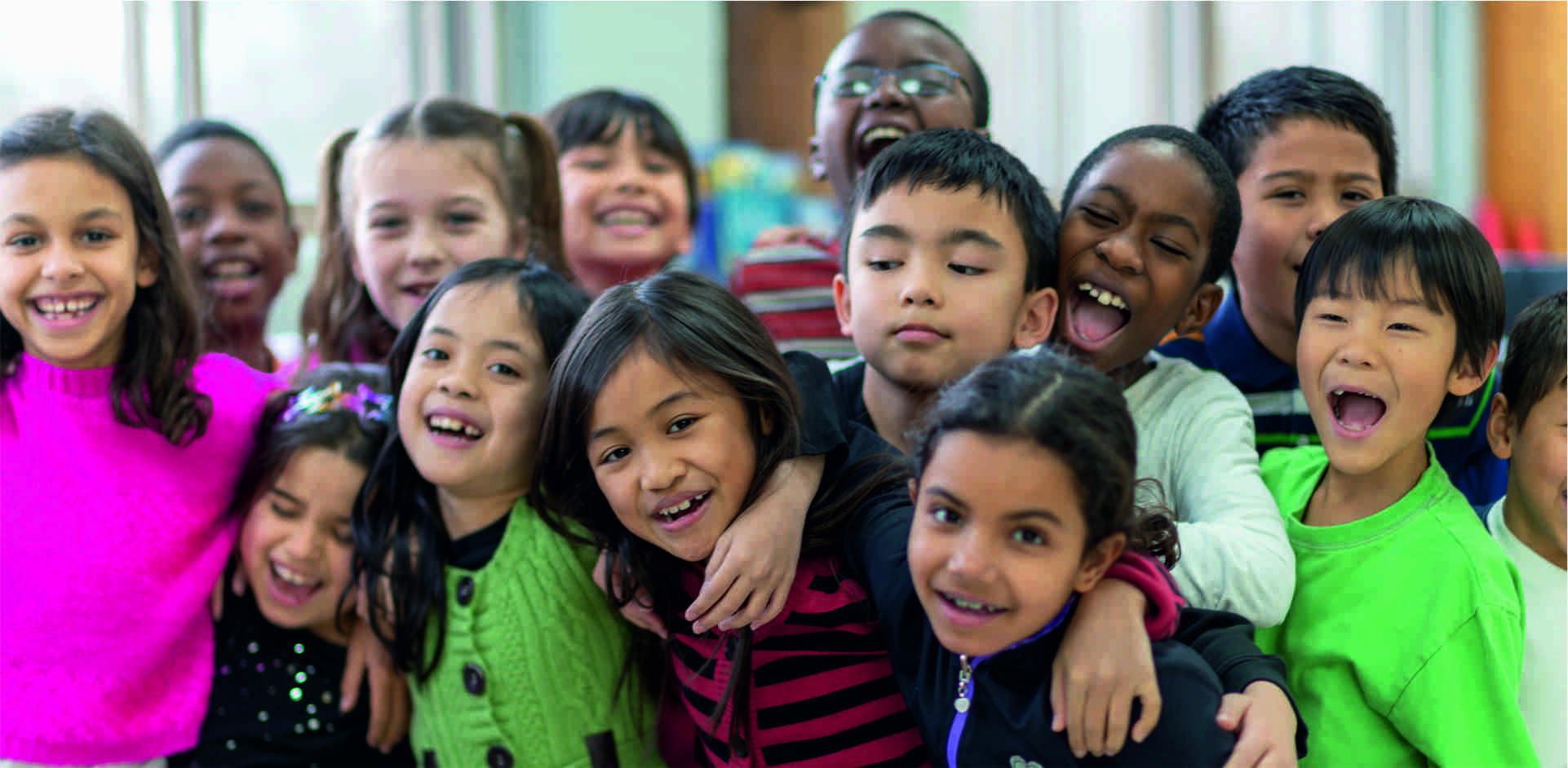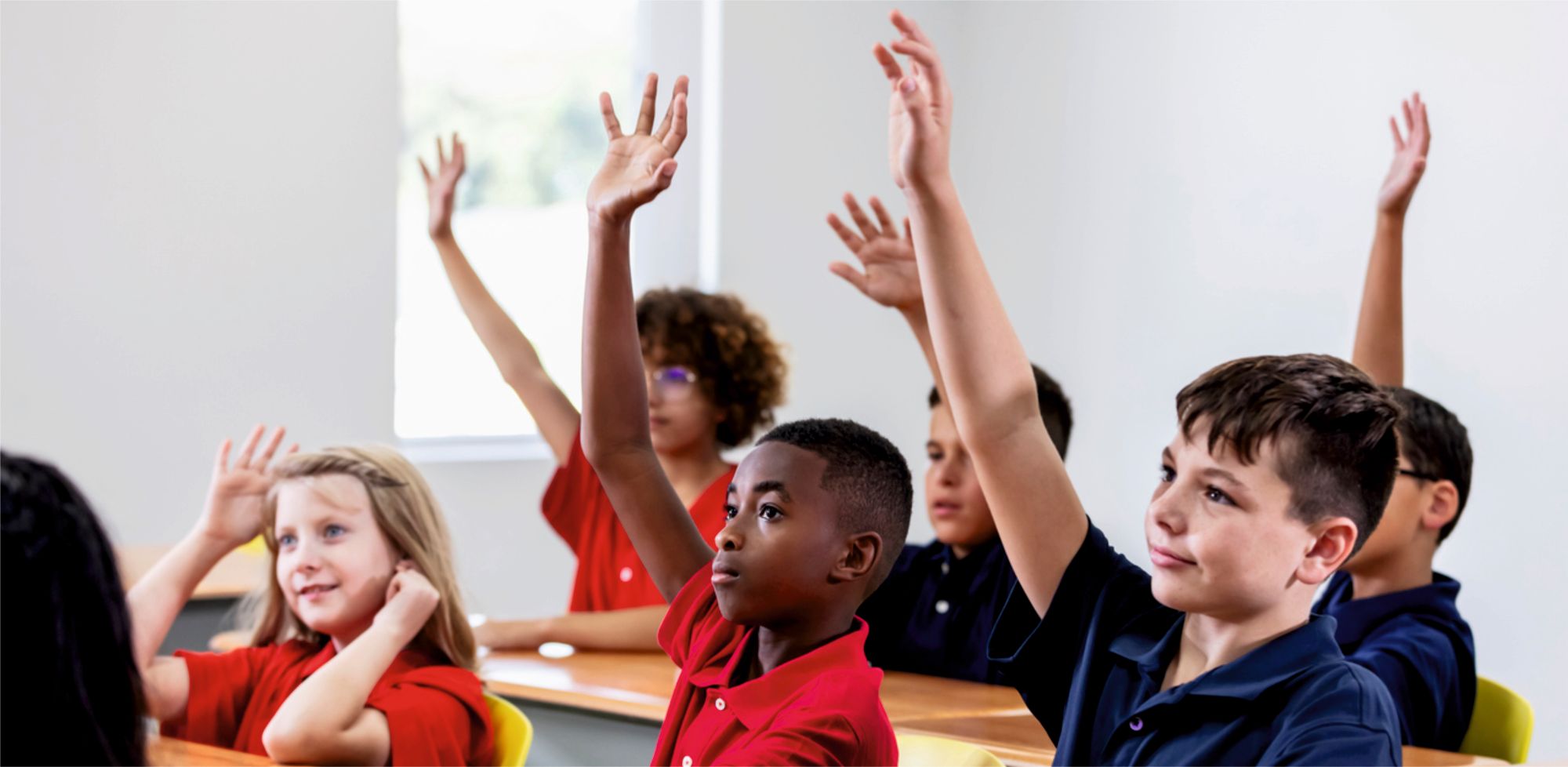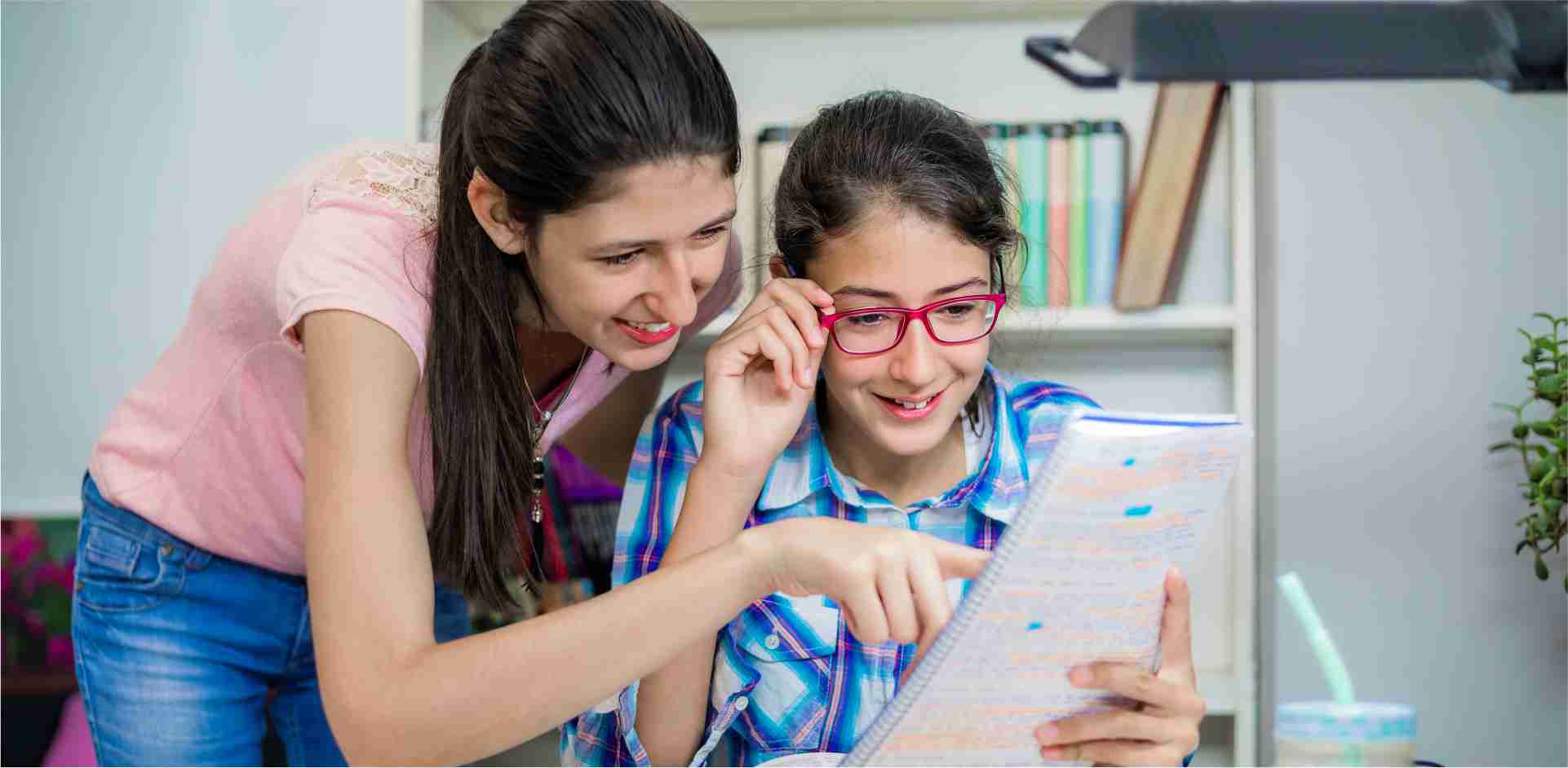![]()
“Once upon a time…”
Isn’t it amazing how these four words hold so much power? They instantly transport us to places filled with adventure, magic, and memories. Stories weren’t just entertainment – they were lessons in disguise, interwoven into memories that still linger.
According to psychologist Jerome Bruner, facts are 20 times more memorable when they are part of a story.
Stories, in fact, make us feel, reflect, and carry those experiences with us without explicitly teaching.
How theatre amplifies storytelling through experiences
Now, imagine the magic that happens when a story steps off the page and enters the world around you. Theatre experiences take us beyond words and bring emotions to life through movements, sounds, and visuals. The art of storytelling on stage is a living, breathing world of its own.
Picture this: The tale of The Jungle Book comes to life on stage, with lush greens and lively creatures. Mowgli’s journey becomes your own, as you feel his fear of Shere Khan, Baloo’s warmth, and the joy of discovery.
Beyond the stage: Theatre as a tool for learning
Theatre as a storytelling medium transforms learning. When theatre enters the classroom, something extraordinary happens. Theatre isn’t just about performing; it is about connecting emotionally and intellectually, creating a space where each lesson resonates and lingers in the mind.
Here’s how theatre turns learning into an adventure:
Bringing academics to life
What if the history lessons on pages came alive with vivid detail? Imagine watching the Indian Independence Movement unravel, with students portraying the passionate leaders and the heroes of the Quit India and Civil Disobedience Movement. At that moment, they are not just learning history; they are feeling the courage, sacrifices, and resilience. Theatre experiences, in its essence, offer more than just storytelling. It becomes a platform for social and political commentary. Theatre encourages critical thinking and challenges societal norms, allowing students to question, voice the unheard, and inspire empathy and change. Through theatre, learning transcends the classroom, evolving into a space for reflection, discussion, and transformation.
Nurturing creativity and critical thinking
Theatre invites students to think beyond the obvious. When students perform, they understand and learn the art of storytelling on stage. By reinterpreting a classic like Alice in Wonderland, they are inspired to think critically about themes like curiosity and self-discovery, collaborate with peers, and think independently. Theatre also provides a space to explore personal and societal issues, reflecting on identities through stories of relationships, social justice, and more. It fosters emotional engagement with themes like love, loss, and triumph, nurturing self-expression and creating a sense of unity within the community.
Developing emotional intelligence
Playing different characters is like stepping into someone else’s life, and through this experience, students develop vital emotional intelligence. A study published in the 2017 International Journal for Innovative Research in Multidisciplinary Field revealed that sustained involvement in theatre activities, such as acting in plays and drama clubs, boosts emotional intelligence. Theatre’s strength lies in its ability to create emotional connections. As students portray their characters’ joys, fears, and vulnerabilities, they gain a profound understanding of themselves and others. For students, this immersive process broadens their emotional awareness, allowing them to view the world from a fresh perspective.
Understanding perspectives with empathy
Empathy flourishes on stage through different theatre experiences. A play about climate change, for example, might feature a scientist, a policymaker, and a farmer. By enacting these roles, students understand the complexity of the issue and the importance of viewing the world through different lenses. This experience serves as a powerful reminder that every story has multiple sides, and this helps build compassion and bridge differences. Theatre as a storytelling medium offers a gateway to exploring the intricacies of human emotions. Characters and conflicts spark self-reflection and dialogue, prompting discussions about who we are and what drives us. This depth of exploration fosters meaningful connections and a nuanced understanding of the human experience.
Building resilience and collaboration
Theatre pushes students beyond their comfort zone, teaching them the value of teamwork and resilience. Success on stage isn’t about individual brilliance; it is about collective effort. A scene comes to life on stage through group synergy, not just solo performances. Whether it is helping a fellow actor recover a forgotten line or adjusting to unforeseen challenges, students learn the power of narrative in performing arts through collaboration and trust, providing an opportunity to learn, adapt, and thrive together.
Remember that first moment you sat in a dark theatre, the air thick with anticipation and the stage glowing with light? Over the years, theatre experiences combine the timeless charm of live performances with the wonders of digital technology such as virtual reality, augmented reality, and interactive storytelling. In India, productions like Taj Express have integrated virtual sets and audience participation, enhancing the power of narrative in performing arts and inviting you to not just watch, but step inside the story.
The magic of live theatre has broken free from the walls of traditional stages, finding its way to the screens around the world. Thanks to online streaming platforms, theatre has become an experience that reaches millions across the globe, creating a shared space where stories can be lived and felt by people from every corner of the globe.
Theatre as a storytelling medium presents a window into diverse perspectives, exploring the full range of human experiences. Each performance becomes a bridge, connecting us to cultures, ideas, and experiences that we may have never known otherwise. The stories we encounter help challenge our views, spark meaningful conversations, and foster connections that span across continents. In every laugh, tear, and gasp, theatre leaves us more attuned to the shared humanity that unites us all.
Admissions are open for AY 2025-26 at VIBGYOR Group of Schools which has integrated the Sports and Performing Arts curriculum.
